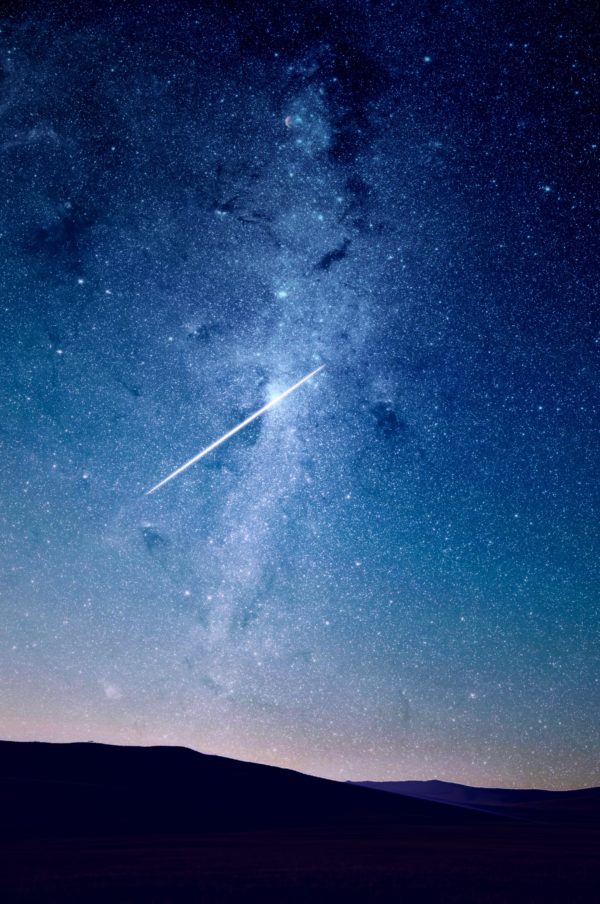Creation and the Distant Starlight Problem

A common objection to the young earth creation position is the distant starlight problem. This starlight problem is usually framed with the following information. First, starlight travels approximately 186,000 miles per second. Therefore, the distance starlight can travel in a year is approximately 6 trillion miles, and is referred to in astronomical measurements as a light year. Thanks to the Hubble Telescope, we are able to see many stars which are invisible to the naked eye. One such star, named Icarus, is 9 billion light years from earth.
In simple terms, the above information means the light from Icarus took 9 billion years (traveling at 186k miles per second) to reach earth. That is a long distance and a long time! However, at the same time, this seems to be incongruent with a young earth creation position, which posits a young age for the earth (usually defined as 6-10k years old).
For many this distant starlight problem is a nail-in-the-coffin argument against young earth creationism. However, there are a variety of explanations that young earth creationists have put forward to answer the distant starlight problem.
Creation of starlight with the appearance of age (or, Creation as mature)
How old was Adam when God created him? Well, the indication seems to be that God created him as a fully functioning mature adult. But, from a temporal perspective he would only be one day old. Similarly, the animals and trees seem to have been created with maturity as well. Thus, many individuals are happy to argue that when God created the world, He created the starlight having already reached earth from the stars.
This is certainly a plausible explanation. However, the main problem I have with it is that it doesn’t account for the distant starlight supernova phenomena.
A supernova is a star that undergoes a catastrophic explosion, causing an immense increase in its starlight while ejecting most of its mass. The most powerful supernova we are aware of, ASASSN-15lh, was reported in early 2016. This supernova was determined to be 3.8 billion light years away from the earth. This would mean that, assuming young earth creationism were true, this supernova never happened in actuality, and we are just seeing an astronomical figment.
I think there is likely a better answer to the distant starlight problem.
Variability of the speed of light
As I mentioned, the speed of starlight (or light in general) is said to be about 186,000 miles per second, or 6 trillion miles per year. However, as some scientists are now proposing, the speed of light may actually be variable based on a variety of factors, such as gravity or the cosmic vacuum in space.
Although scientists are beginning to try to measure the speed of light in the vacuum of space, it is admittedly a difficult process. However, if it becomes evident that the speed of light is variable as it travels through other solar systems, this could be a satisfactory answer to the distant starlight problem.
Variability of time
Although time is often viewed as a constant, Albert Einstein demonstrated that time passes at a different rate, depending on motion and gravity. Referred to as time dilation, physicists have demonstrated that time passes more quickly in space than on earth.
If gravity is less in space, then from the perspective of earth, starlight could be traveling much faster. Jason Lisle explains it this way:
In this gravitational well [the earth and its solar system], we would not “feel” any extra gravity, nonetheless time would flow more slowly on earth (or anywhere in our solar system) than in other places of the universe. This effect is thought to be very small today; however, it may have been much stronger in the past. (If the universe is expanding as most astronomers believe, then physics demands that such effects would have been stronger when the universe was smaller). This being the case, clocks on earth would have ticked much more slowly than clocks in deep space. Thus, light from the most distant galaxies would arrive on earth in only a few thousand years as measured by clocks on earth.
The distant starlight problem and the big bang
Although many propose the distant starlight problem to be a fatal flaw in young earth creationism, it should be noted that the starlight problem also poses a problem to the traditional model of the big bang. According to the big bang model, energy in the form of infrared light (186,000 miles per second) must travel the expanse of the universe (156 billion light years wide) in only 14 billion years. Clearly this is not mathematically possible (at least from what we know), and theories such as universe inflation fail to adequately account for these problems.
Conclusion
The distant starlight problem is definitely an exercise in humility, because there are so many variables in the universe that we do not know. I am inclined to shy away from the view that starlight was created with the appearance of age, but it is not an unreasonable position. I think the answer will more likely be found when further advances are made in the studies of relativity in space and the speed of light.
Further, it is foolish to say that the distant starlight problem disproves young earth creationism. The same problems that leave young earth creationism without a concrete answer to the issue also plague the big bang model of the universe.
Photo by Juskteez Vu on Unsplash